Can you confidently account for all the costs involved in reselling or producing items in your inventory? If you don’t know how to work out the cost of sales, it could impact how you make business decisions. That’s because you’ll fail to determine your profits and expenses accurately. It consequently becomes harder to lift your bottom line.
The goal of today's article is to help you define the cost of sales. You will see how to calculate it and what it means in the context of business decisions.
Note that businesses that carry inventory must derive the cost of sale, whether they directly produce the items or simply resell them. Purely service-based businesses may not need to calculate the cost. However, if a service handles inventory in any way, such as a plumber offering replacement parts, it must still know what the cost of sales is. Let's get started.
What is the Cost of Sales?
It’s the total amount incurred in manufacturing or reselling inventory items for an accounting period. Many experts also refer to it as the cost of goods sold (COGs).
You must factor in all costs involved in generating the sales revenue, including direct and indirect costs. They will differ depending on whether you’re a retailer or manufacturer.
When calculating business tax, you’ll deduct the cost of sales from the sales revenue. That makes the number very important, and the HMRC requires an accurate calculation. If you arrive at a low number, it may reduce tax liability. Some companies try to reduce their cost of sales to boost their profitability on the income statement. In turn, this influences their share prices.
Knowing how to work out the cost of sales is also vital for business reasons. If you deduct the COGs from your sales revenue, it gives you the gross margin or profit. When your expenditure is high, you may need to revise your prices or reduce the total cost. The calculation of the cost of sales entails finding out the value of the opening and closing inventory. This gives you information about the value of your business assets.
Already running a business? Handle money and accept payments in one app.

What is included in the Cost of Sales?
You may need to account for the following expenses:
- Production costs: It’s the sum of all expenses incurred in sourcing raw materials to assemble or produce the final product. Retail businesses will include all costs incurred in purchasing or preparing the items for resale.
- Labour & input expenses: Manufacturing businesses must consider input costs such as machines, shipping, warehouse equipment, direct labour, and factory overheads. The COGs may similarly include labour costs associated with office staff who are directly involved in producing the items. However, it may exclude managerial salaries.
- Operational costs: Businesses incur operating costs to run their daily activities, but not all costs make it to the final cost of sales calculation. The operating costs must stem from activities that directly support the production or sale of products, for instance, rent or utilities for the factory building or storage facility.
It may become increasingly complex to determine costs to include. That’s why many businesses choose to work with knowledgeable accountants who will assign various costs to the sale of products. The accountant may need to strategically divide their expenses across all products sold or manufactured by the business.
Since the expenses are variable, the accountant may need to work out these costs every fiscal year. That's what makes calculating the cost of sales so intricate. Still, small business owners need to have a general idea of what it is. Next, let’s look at costs excluded from the COGs:
What's not included in the calculation of the cost of goods sold?
- Supplies that don’t contribute to the final production of the product;
- Operating costs that are generally associated with the business and not tied to the production of individual units;
- Costs related to unsold products;
- General business expenses such as advertising.
You now have a general idea of what the cost of sales is in accounting. There are more things to know to enhance your understanding of the COG.
Important terms to know before calculating the Cost of Sales
Before we explore the formula for calculating the cost of sales, let’s go over some important terms:
- Cost definition in accounting: You can define cost as any expenditure that results from a business purchasing goods or paying for various services. The cost of an item is denoted in the invoice or receipt.
- Business sales definition: A sale occurs when two or more parties exchange products or services with a monetary value. The seller may provide a service or forfeit tangible or intangible goods.
- Direct cost: It’s an expense that you can directly attribute to the production of a product, such as packaging, raw materials, or parts. You may incur direct costs when you purchase a product for reselling.
- Indirect cost: It’s an expense that’s not associated with the production or resale of a product, for instance, facility, manufacturing, equipment, administration, equipment depreciation, or back-office hardware costs.
- Definition of sales revenue: It's the amount received by a business for selling its products or services.
- Overheads definition business: Overheads are indirect expenses surrounding the production or resale of goods such as utilities. Businesses incur both variable and fixed overhead costs. For instance, if a business produces more items, it may drive up its energy cost, but employee salaries may remain constant.
- Business costs definition: It encompasses all fixed, variable, direct, and indirect costs a business incurs during its normal operations. Cost of goods sold and operating expenses are distinct entries in the income statement.
- Financing cost definition: Also known as costs of finance, these are any expenses related to borrowing funds, such as interest charges or mortgage payments.
Cost of Sales formula & other useful formulas to know
The formula for cost of sales is simply expressed as:
Cost of goods sold = (Beginning or opening inventory costs + Inventory purchases) - Remaining or ending inventory
Let's take some time to understand the cost of sales equation:
- Beginning or opening inventory: It's the value of your inventory at the beginning of the accounting period, typically the start of the fiscal year in April in the UK or October for US companies. The opening inventory is the same as the ending inventory for the prior reporting period.
- Net inventory purchases: It encompasses all purchases made for sales during the reporting period.
- Remaining, ending, or closing inventory: It refers to the value of the stock at the end of the reporting period. For a manufacturing company, it may include work in progress, raw materials, and finished products. For a retail business, it's generally all the goods left in the warehouse. It’s possible to determine your inventory value by conducting physical stock-taking.
The cost of sales formula doesn’t factor in services. That's why it's exclusively used for businesses that deal with goods available for resale or materials used to manufacture goods.
You’ll find it also handy to know the formula for total costs, as the COGs don’t include all business expenses. So, how do you work out the total cost? Just add all fixed and variable expenses.
Another formula to know is the expenses formula used in the income statement. It’s expressed as Expenses = Revenues - Net income
Planning is important for any business, be it retail or manufacturing. The production budget formula helps companies to work out the number of units to produce in the future. It’s expressed as:
(Forecasted unit sales + Desired final inventory number) - Opening inventory = Units to produce
You may similarly apply the formula for your retail stock calculation. Start by estimating the number of units you may sell, and add this value to the desired closing inventory. If you’re starting the reporting period with leftover inventory, you subtract it from the figure you get.
Let’s assume that you have 5 shirts. You estimate that you may sell 20 shirts and need to have 10 shirts at the end of the reporting period. The number of units to purchase will be (20 + 10) - 5 = 25 shirts.
How to Calculate Cost of Sales
Let's consider a simple scenario to illustrate how you can calculate the cost of sales for inclusion in the income statement. *In actual practice, you may need to factor in all the direct and indirect expenses.
Case scenario:
Your clothing business begins the 2021 physical year with £50,000 in beginning inventory. During the accounting period, you make purchases worth £20,000. At the end of the fiscal year, the unsold inventory is valued at £30,000.
If we calculate the cost of sales using the formula (Beginning inventory + Purchases) - Ending inventory, the COGs work out to:
[£50,000 (Opening inventory )+ £20,000 (purchases) ] - £30,000 (purchases) = £40,000
Contd…
Let’s further assume that your suppliers offer you discounts of £2,500 for the reporting year. You equally return items amounting to £1,000.
The cost of sales entails goods sold, so you need to deduct returns and discounts as follows.
(Beginning inventory + purchases) - (Ending inventory + returns + discounts) = Cost of goods sold
(£50,000 + £20,000) - (£30,000 + £2,500 + £1,000) = £36,500
If you want to know how to calculate opening inventory for the next fiscal year, you can simply reverse the formula—so, Opening inventory = (Cost of sales + Closing inventory) - Purchases.
The following calculations have not included other costs typically factored into the COGs calculation. For instance, manufacturers may need to add labour costs, overheads, shipping, storage, and other expenses.
The full cost of sales formula may entail:
Cost of sales = (Beginning inventory + Direct raw materials cost + Direct labor costs + Indirect labor costs + Indirect material costs + Overheads) – (Ending Inventory + returns + discounts)
Many businesses generally have a hard time when it comes to figuring out the value of unsold inventory at the end of the reporting period. It becomes expedient to use an estimated value.
The UK Financial Reporting Standard (FRS) allows businesses to use up to three different methods to calculate closing inventory, including:
- Weighted average: It entails dividing the total cost of items bought or produced by the total number of products within the period. This gives you an average cost for all times. So, if you have 1,000 units and the average value is £20, the closing inventory comes to $20,000. The valuation method works well with mass-produced items.
- First in, first out: The method assumes that the first items produced or bought were the first items that were sold. Businesses that sell perishable products tend to prefer this method.
- Special identification: You can choose this method if your business deals with special items that are easy to tally, such as vehicles. You use the actual cost of each item to compute the closing inventory.
The Last in, first out is another valuation method, but it’s less favoured in most jurisdictions, including the UK. However, some places still use it, such as the US. After selecting the inventory valuation method, you need to stick with it over a long period to calculate the tax obligation consistently.
Note that the cost of goods sold is not the same as the cost per sale (CPS). CPS is a metric used in online advertising. It’s derived by dividing the total advertising spend by the generated sales revenue. For instance, if you managed sales revenues of £1,500 and spent £500, the cost per sale works out to 10 cents.
Available on Web, iOS, and Android.
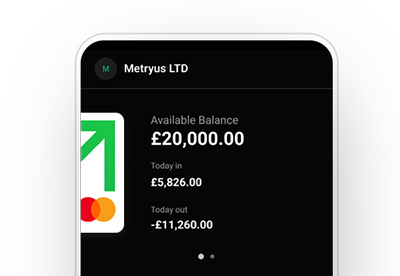
Bonus: How to work out sales revenue
Knowing how to work out the sales revenue is another feather to add to your cap. If you deduct the yearly COG from the sales revenue, it gives you the annual profits. So, how do you calculate the sales revenue? Just use the sales revenue formula. In simple terms, it entails:
Sales revenue = Number of units sold x Average selling price
If your clothing business sold 1,000 shirts with an average selling price of €5, the sales revenue would amount to €5,000.
In actual practice, you may not need to determine the average selling prices. Rather, you may have to track and tally all your invoices and payments.
Knowing how to work out the selling price is equally useful. You first figure out the total costs of all units your business has produced or purchased and divide the number by the number of items to get the unit cost. It’s important to consider both fixed costs and variable costs. To arrive at the selling price, you add your profit margin to the unit cost.
Managing Cost of Sales
Investors and business owners must closely track the cost of goods sold. It can offer various key insights to a business, and here are some ways to utilize it.
Balancing the inventory turnover
You arrive at the inventory turnover by dividing the COGs by the average inventory. The value tells you about the number of times the inventory was sold within the reporting period. Most companies aim for a high inventory turnover ratio, but it's not the best strategy. It's ideal to have a balanced inventory, somewhere between 5 to 10 for most verticals.
Deriving the gross margin
The gross margin gives you insights into how efficiently you have used your company’s resources to produce or sell your products. Gross margin is determined by subtracting the cost of goods sold from the revenue and dividing the result by the revenue.
It's often expressed as a percentage by multiplying the result by 100. For instance, if your sales revenue was €1,000 and the cost of goods was £500 the gross margin works out to 50%.
( £1,000 - £500) = £500
£500/ £1,000 x 100 = 50%
Because the gross margin is a measure of efficiency, it's important to look into ways of making operations run more smoothly, for instance:
- Increasing the efficiency of the production processes;
- Generating less waste;
- Boosting the worker’s productivity;
- Closely tracking all transactions and ensuring that you’re not overspending;
- Finding ways to save on shipping costs.
The acceptable gross margin differs in every industry. For instance, a 10% gross margin in the restaurant business may be considered ideal. If your gross margin is too low compared to industry benchmarks, it's essential to look into ways of increasing profitability such as raising the prices or reducing the costs of production.
Retail businesses may consider finding cheaper suppliers or looking into the possibility of direct manufacturing.
Bottom Line
You now know what the cost of sales means, and its importance during tax time. If you need to hire an accountant to handle the calculation, start keeping accurate records of all costs involved in making sales throughout the year.
You’ll not need to pay separate accountancy fees for the cost of sales calculation. Accountants will conduct this calculation as part of other activities as they prepare the separate income statements.
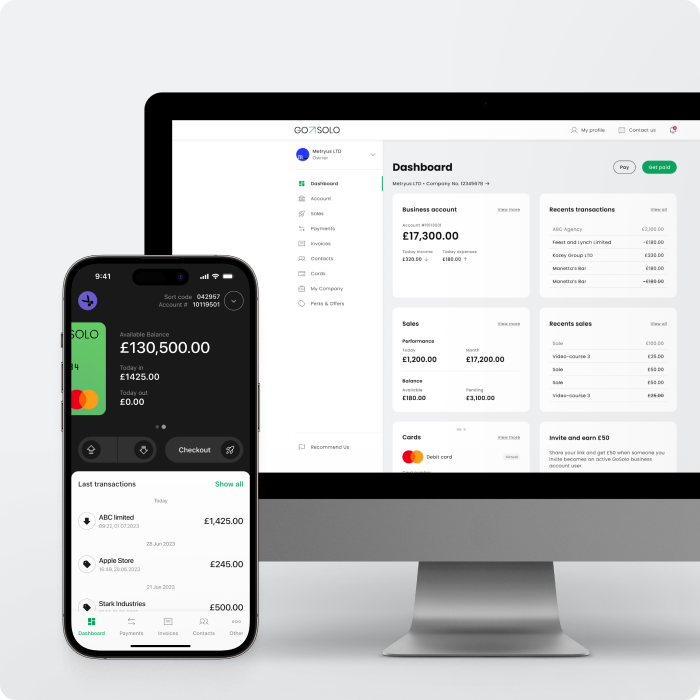





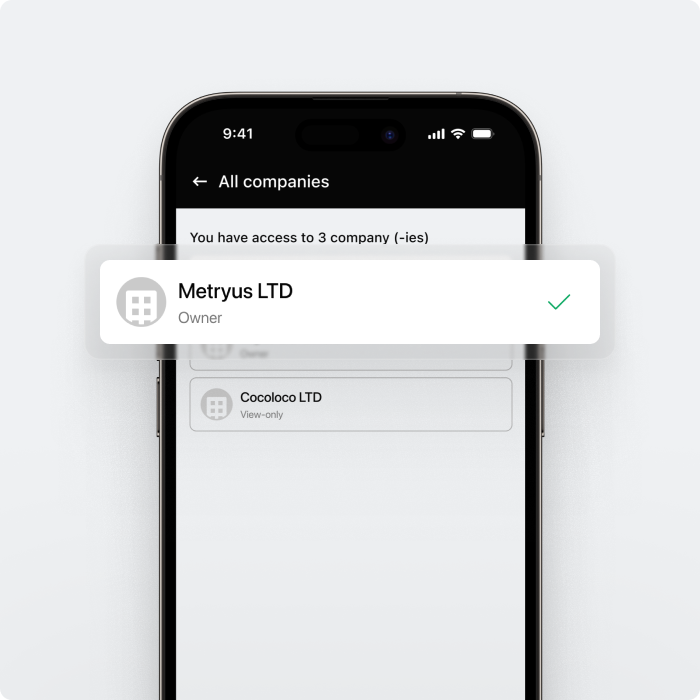
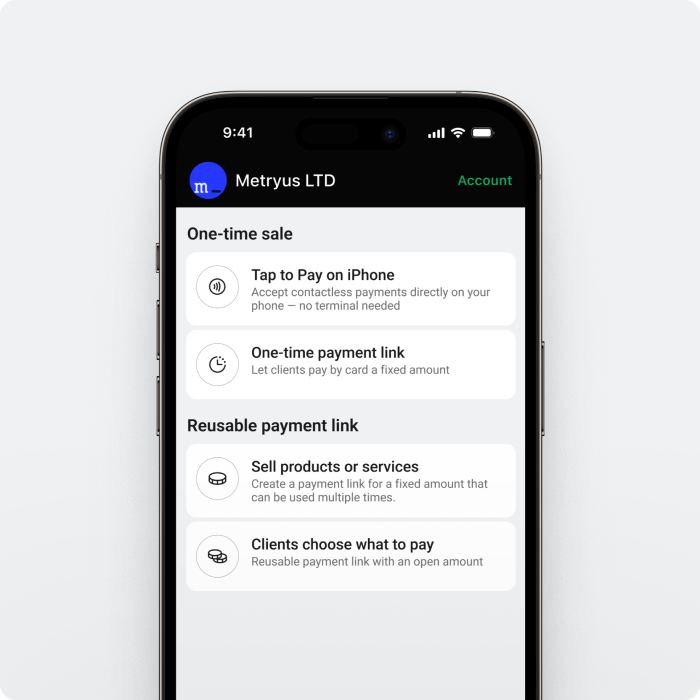


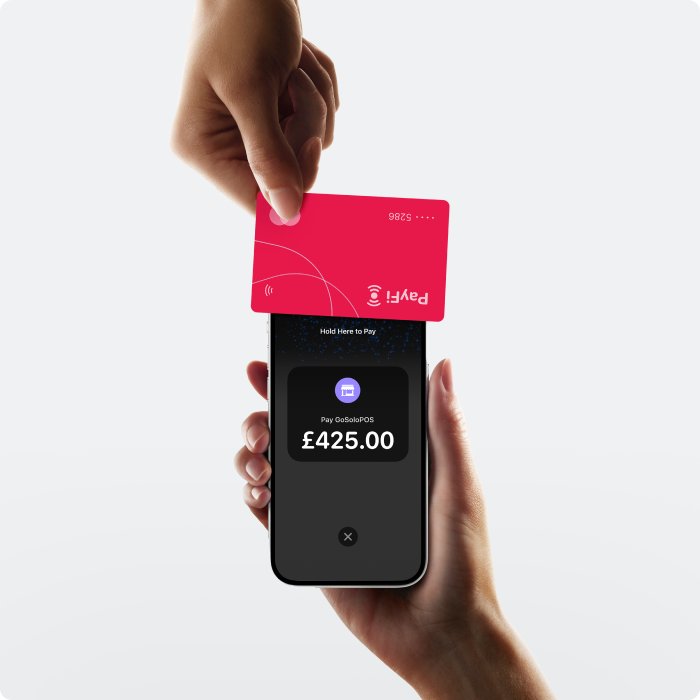







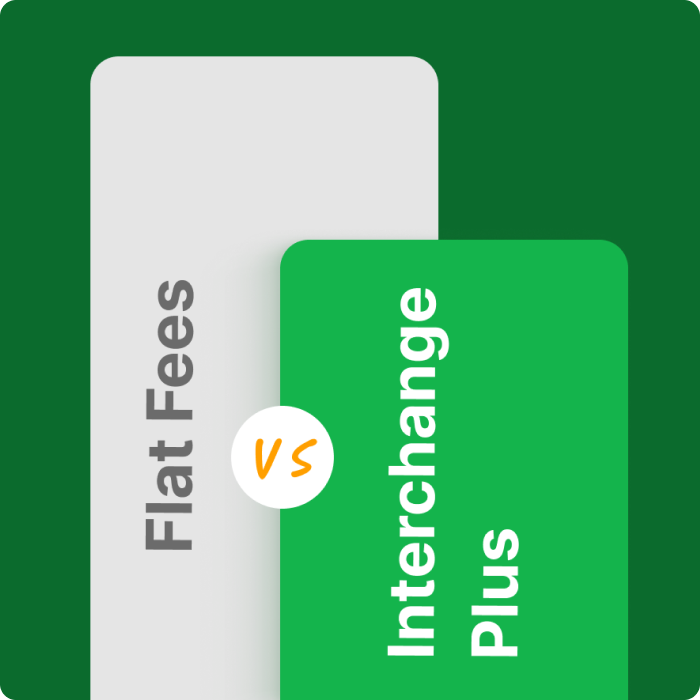

 Back to Blog
Back to Blog
